Why Are BE6 And XEV 9e Deliveries Getting Delayed: Mahindra Explains
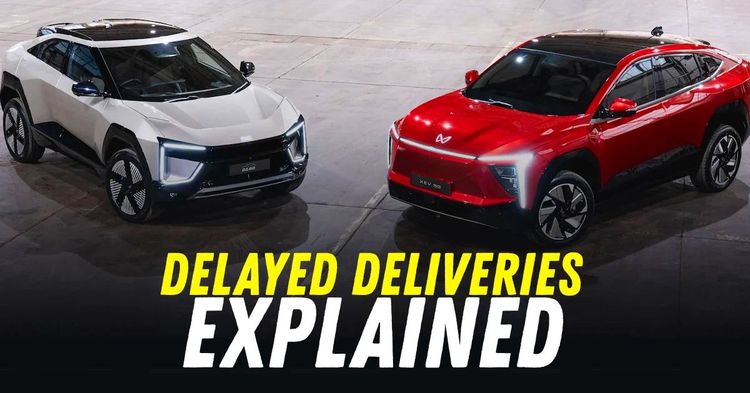

When Mahindra opened bookings for its much-awaited born-electric SUVs, the BE6 and XEV 9e, on February 14, 2025, the response was immediate and overwhelming. Over 30,000 customers signed up within hours, generating bookings worth nearly ₹8,500 crore.
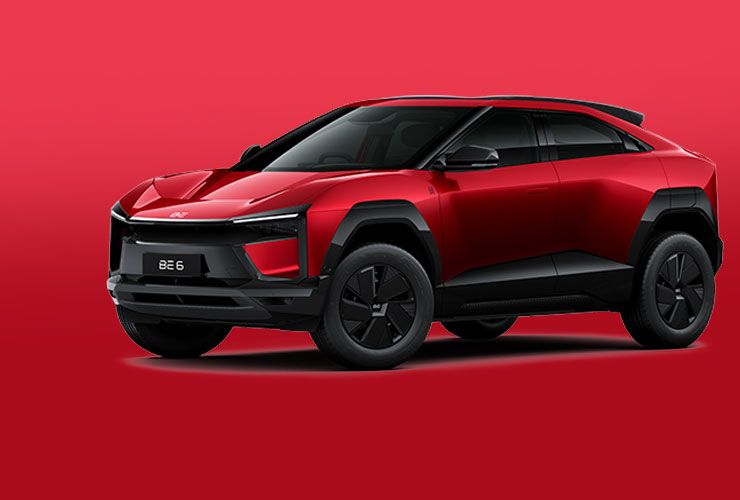
The deliveries are taking time. May saw an uptick but there is still quite a long wait. The buzz and excitement has meant there are that many more questions around the delay - everyone wants their BE 6 and XEV 9e now.
The reasons behind the delay offer a rare window into the challenges of launching electric vehicles in India, where the ecosystem is still not mature.
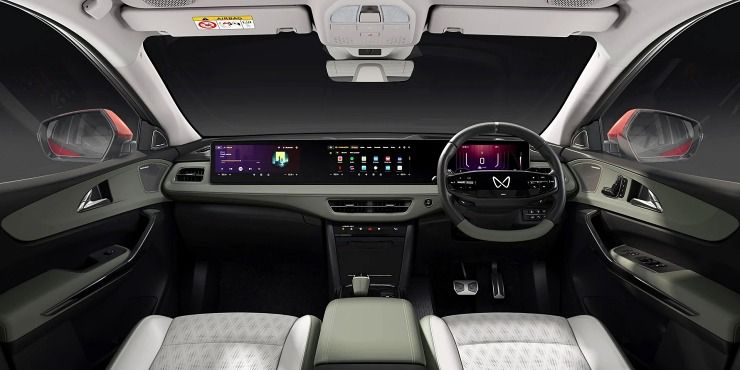
Unlike typical delays driven by supply chain disruptions or production bottlenecks, the root cause this time was software. Early test drivers reported that both the BE6 and XEV 9e felt too powerful, especially for drivers unfamiliar with the immediacy of electric torque. This prompted concerns around user comfort, range optimisation, and overall vehicle control.
In response, Mahindra made a decisive call: hold deliveries until the driving experience could be refined. Engineers developed a new “default driving mode” that rebalanced power delivery, torque mapping, battery usage, and suspension settings. Rather than shipping cars and updating them post-sale, the company chose to ensure every vehicle left the factory with the new software installed.
This was an important intervention. Most under Rs. 50 lakh cars in India take a good 12+ seconds to hit 100 kmph. The EV duo from Mahindra pull it off in under 7 seconds. That’s proper sports car territory, one with which most buyers are unfamiliar with.
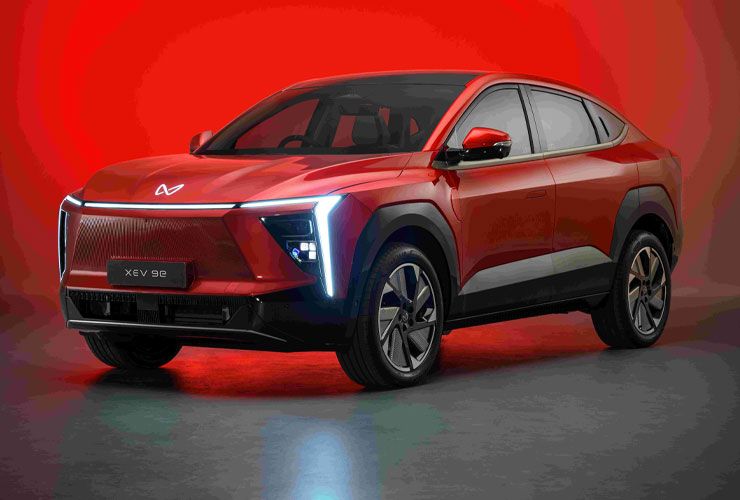
Only 238 units from the initial batch of 4,000 deliveries required a software patch at dealerships, but the impact went deeper. The delay reflected Mahindra’s shift from the traditional practice of speed-focused rollouts to a more quality-first approach, especially for electric vehicles where software plays a central role.
Executive Director Rajesh Jejurikar acknowledged this deliberate pace, noting the need to move carefully when dealing with new technologies. “This is a business we don’t want to be rash and ramp up,” he said. The focus, instead, has been on learning, about the tech, the customer, and the supply chain.
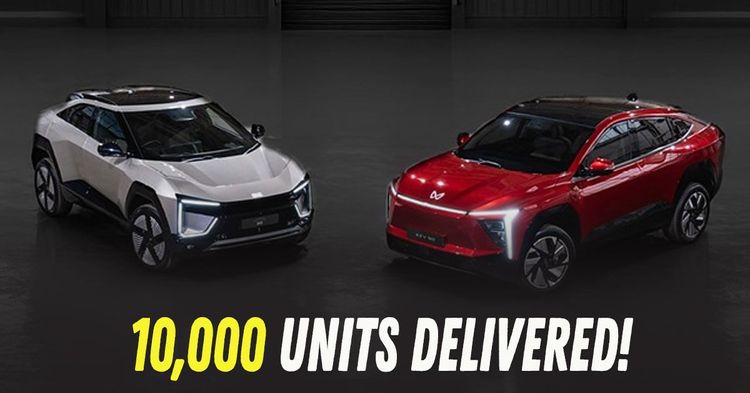
The delays weren’t only about the vehicles. The process of delivering EVs turned out to be far more involved than Mahindra had anticipated. Each handover takes at least two hours, including onboarding multiple family members on the car’s companion apps and walking customers through new digital features.
This extended process has slowed down dealerships, especially larger ones where delivery volume began outpacing the team’s ability to provide the experience Mahindra wanted. Slowing down became a necessity, not just a strategic choice.
Even with a ₹4,500 crore investment into its new Chakan plant, equipped with over 1,000 robots and advanced automation, Mahindra isn’t pushing volume for the sake of it. Production has been capped at 5,000 units per month for now, a figure that reflects lessons learned from previous rollouts and supply shocks, particularly the global semiconductor shortage.
Mahindra has since validated alternate chip suppliers and instituted a more resilient procurement process. Around 25 percent of EV components are new compared to ICE vehicles, which means fresh challenges in sourcing, production, and quality control.
Despite the hurdles, demand remains robust. Most buyers are new to the Mahindra EV brand, indicating strong appeal among EV-first customers. The company has also noticed a surprising trend: strong demand for the larger 79kWh battery pack across all variants, not just the top-end ones. In response, Mahindra is tweaking its variant strategy to offer extended range at lower price points.
Mahindra’s BE6 and XEV 9e rollout may have started with delays, but the company insists this isn’t a misstep. It’s a calculated decision to prioritise long-term trust over short-term numbers. As Mahindra navigates the new world of electric mobility, its early experiences with software, delivery complexity, and production ramp-up are shaping not just how it approaches EVs, but how the broader Indian auto industry might follow suit.
In a space where innovation often outpaces infrastructure and customer readiness, Mahindra’s measured steps suggest that getting it right could matter more than being first.